Best Left-Handed Golf Drivers 2025
We run through the best left-handed golf drivers, finding the perfect balance between quality and availability...
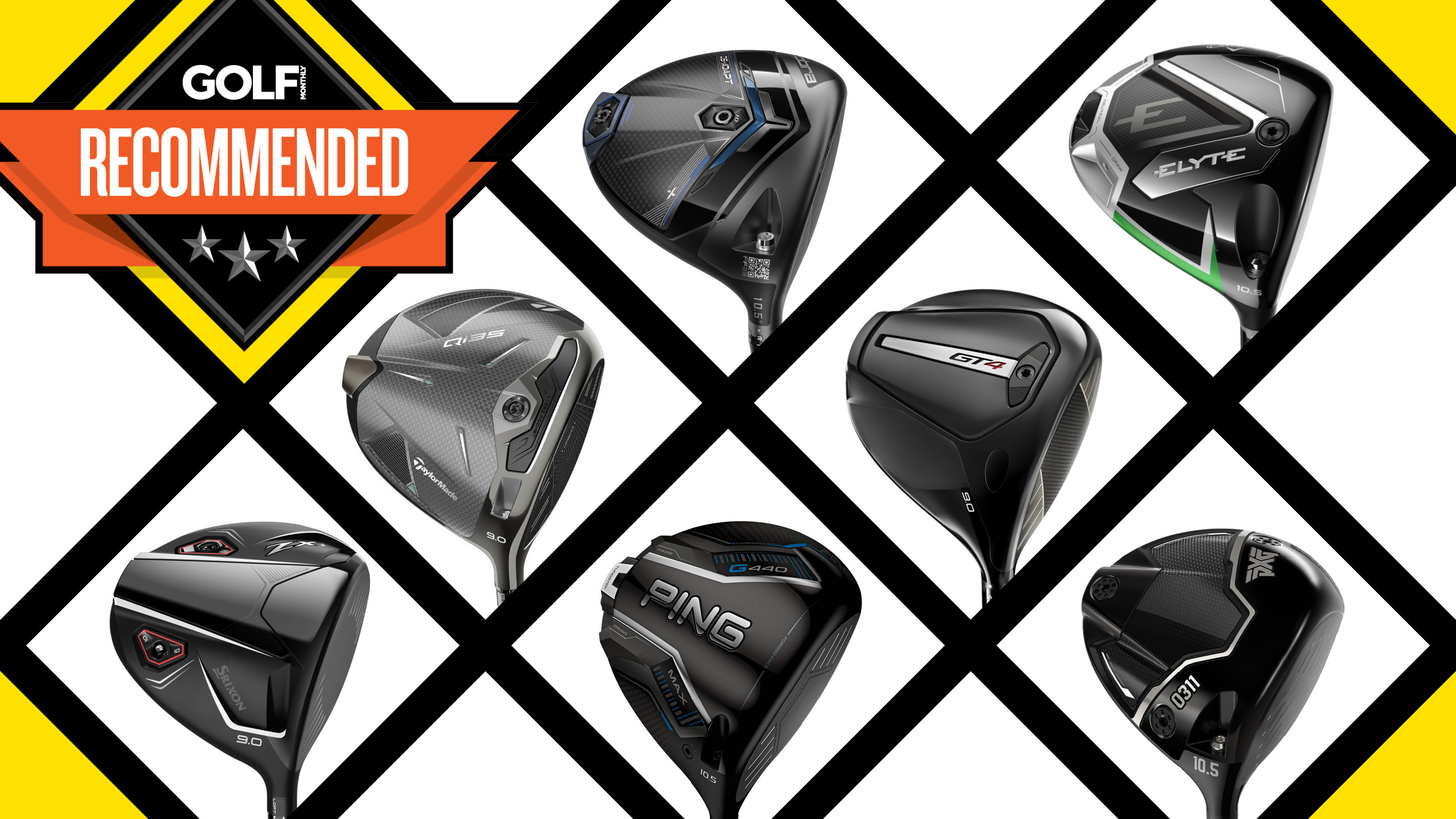

Being left-handed can feel like a disadvantage at times. It's more often than not you'll walk into a golf shop and 90% will be right handed golf clubs...
In 2025, more and more manufacturers are catering for that minority of golfers, increasing the number of left-handed options on some of their top-performing clubs. Sure, right-handed golfers still have it much easier when looking to pick up one of the best golf drivers, but this is good news for lefties nevertheless.
WATCH: Joe Ferguson tests and compares the leading drivers on the market in 2025
Getting a custom fitting at your local pro shop or golf retailer can be an excellent way for you to get a feel for the left-handed options out there, but we've put together this guide to walk you through some of our favorites from the readily available stock on the market right now - kindly tested by our very own lefties in the Golf Monthly review team.
Finally, if you're after a more specific type of driver, check out our guides on the best drivers for slicers or best drivers for beginners for an even wider range of options. Also, if you're a left-hander and are struggling to find other clubs, check out our best left-handed putters guide too.
The Quick List
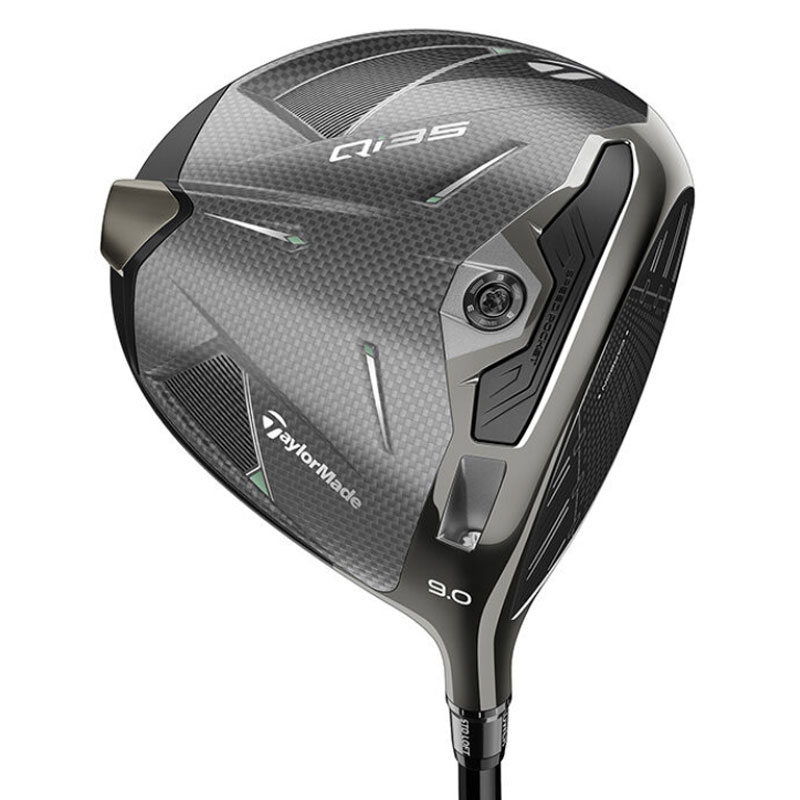
The TaylorMade Qi35 provides solid feel, genuine playability and adjustability with the weight ports on the sole. Aesthetically, it looks like it's from the future.
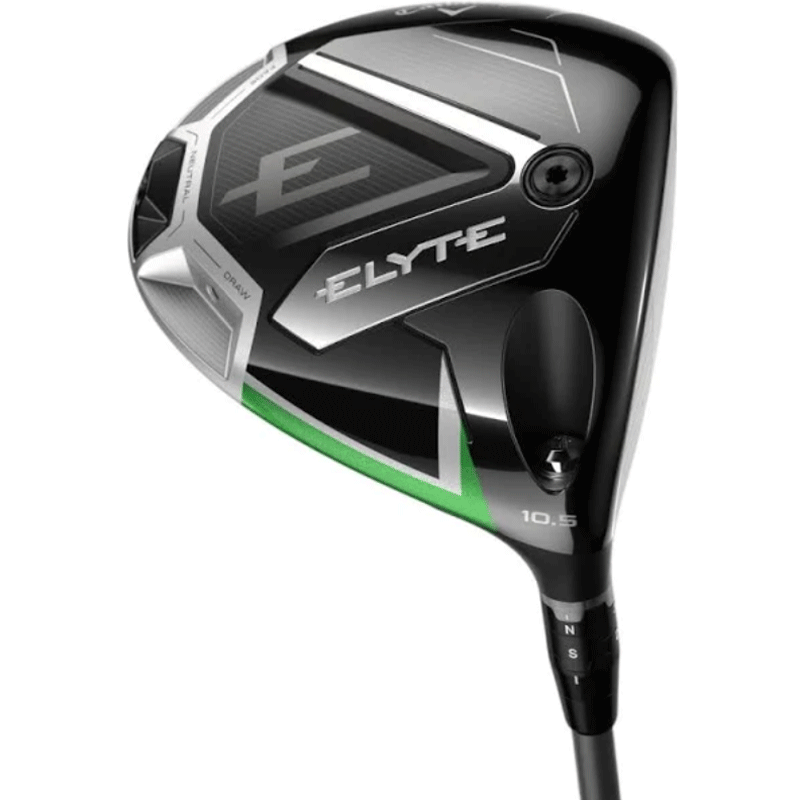
Offering superb all-round performance, a comparatively low spin profile and forgiveness on off-center strikes, the Elyte will appeal to a wide range of golfers. The finish and aesthetic may divide opinion though.

The Cobra DS-ADAPT X offers high levels of forgiveness and distance via a balanced front and back weighting in the 460cc head. We think this driver offers exceptional feel and versatility.

The Ping G440 is a solid addition to the 2025 driver market. It delivers consistent, powerful ball flights coupled with an updated, premium aesthetic.
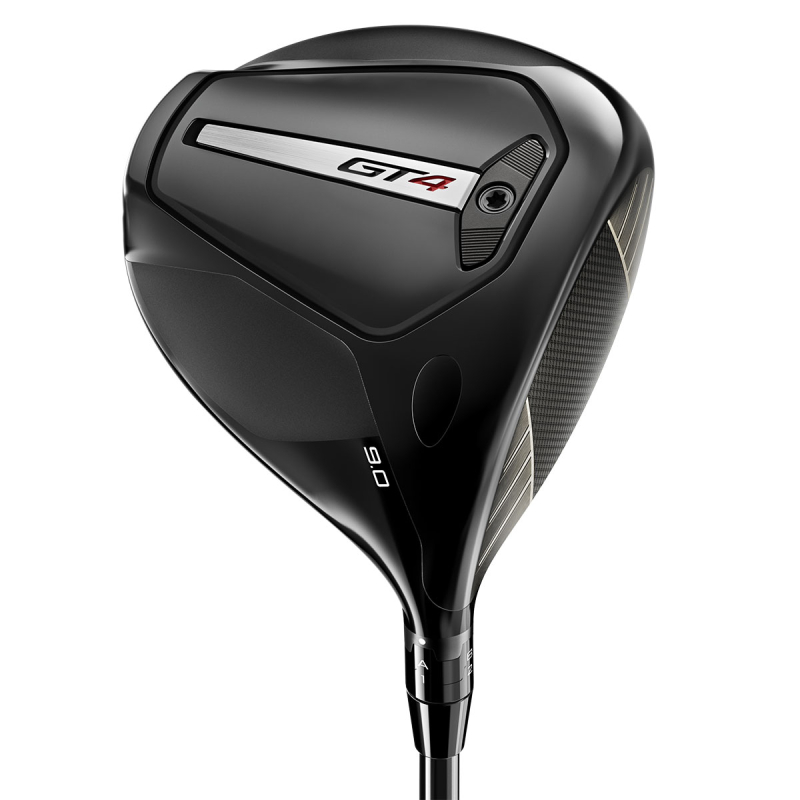
The Titleist GT4 is simply an awesome driver with acoustics and aesthetics to match. In testing, we found the ball speed numbers were some of the highest of any club on this list.
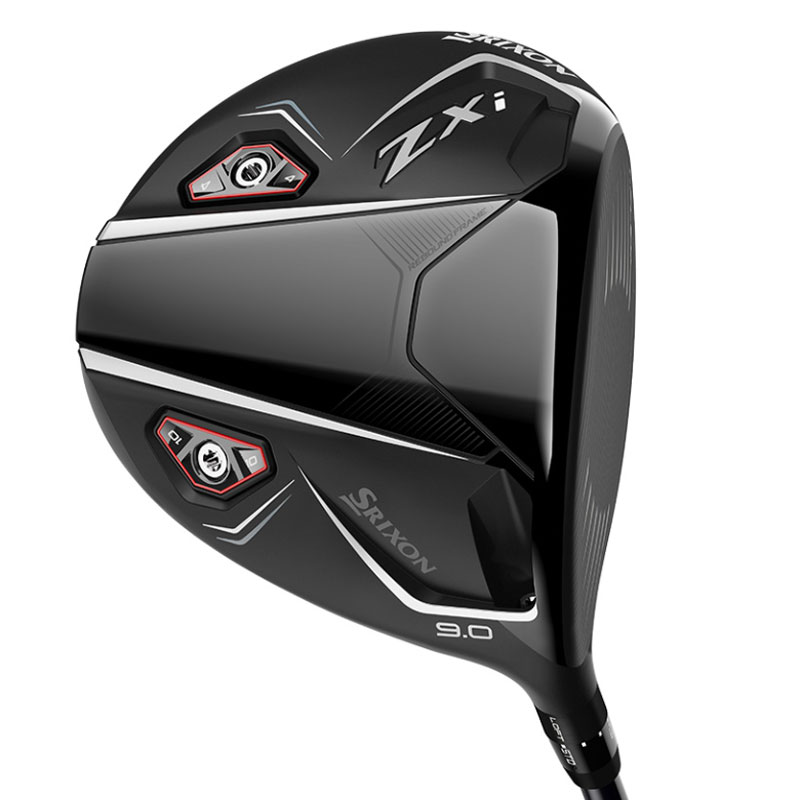
It's safe to say the ZXi is a significant upgrade on its predecessor. Offering a smarter aesthetic and some great technical upgrades, we think this is a driver that will suit a wide range of golfers.
Load the next 3 products
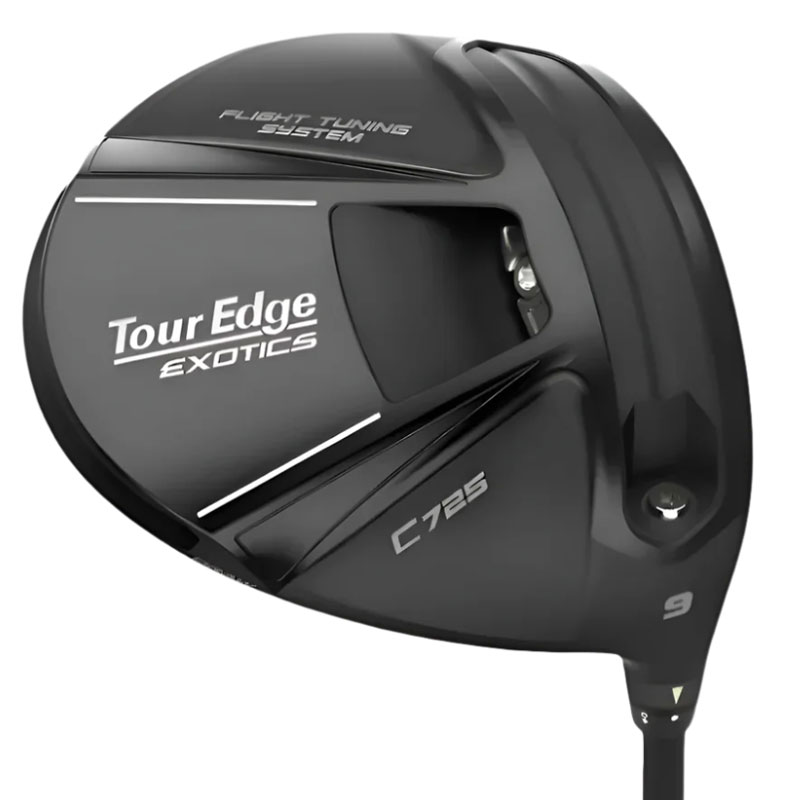
The C725 is unbeatable in terms of value in 2025. It's an excellent product from a left field brand that deserves consideration from golfers of all abilities.

PXG is relatively new to golf equipment. Nonetheless, the PXG Black Ops driver offers excellent sound, feel and aesthetics—thanks to its multi-material gloss.

Ping make some of the most forgiving drivers available, and the G430 Max 10k is no different. Stability, low spin levels and high ball speed combine to make this a really fantastic option for right and left handed players.
Best Left Handed Golf Drivers 2025
Top pick
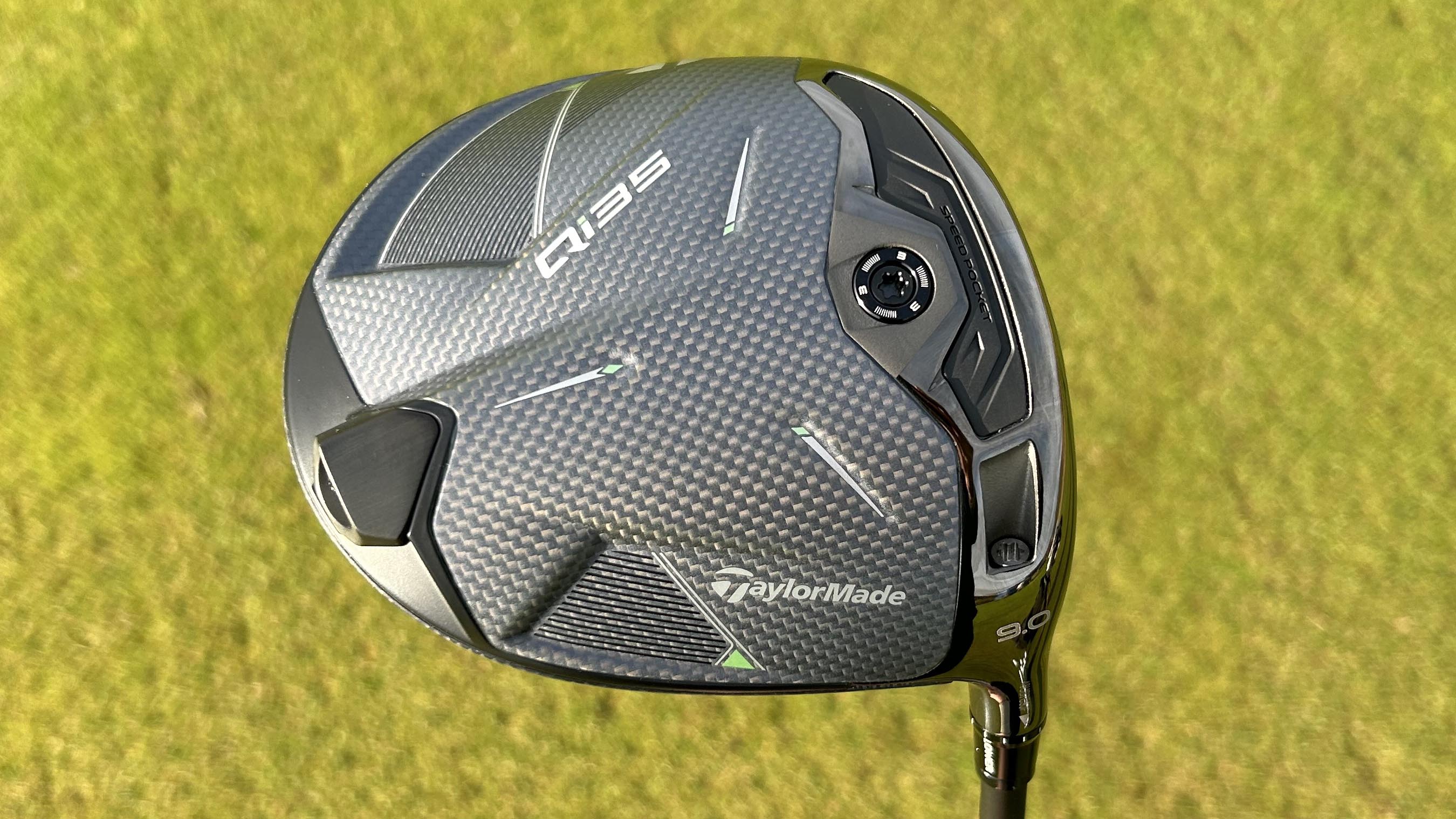
Specifications
Reasons to buy
Reasons to avoid
At the top of the list, we have the new Qi35 range from TaylorMade. Aesthetically, this might be one of the best looking models on the market at the moment. We were fans of the premium, light weight carbon finish on the head. The shape at address is significantly rounder than it's predecessor—the Qi10—so much so that the Qi35 is now the identical playing profile to the higher MOI Qi35 Max product.
It's not just looks. This driver delivers on performance too. Their are two adjustable weights in the sole that can be switched to fine-tune launch and spin. In a neutral setting this is an incredibly stable, forgiving driver that will help you find the fairway. You can also set it into what I would call 'beast mode', adjusting the weights to drop rpm and increase overall distance output. You will find that your dispersion is compromised slightly, whether the extra distance is worth the sacrifice will obviously depend on your individual priorities as a golfer.
We found the feel of the face is slightly more lively than the previous Qi10. There's also a higher pitched acoustic and a firmer feel at impact. We're struggling to find any faults with this driver!
- Read our full TaylorMade Qi35 Driver Review
Best for mid handicappers
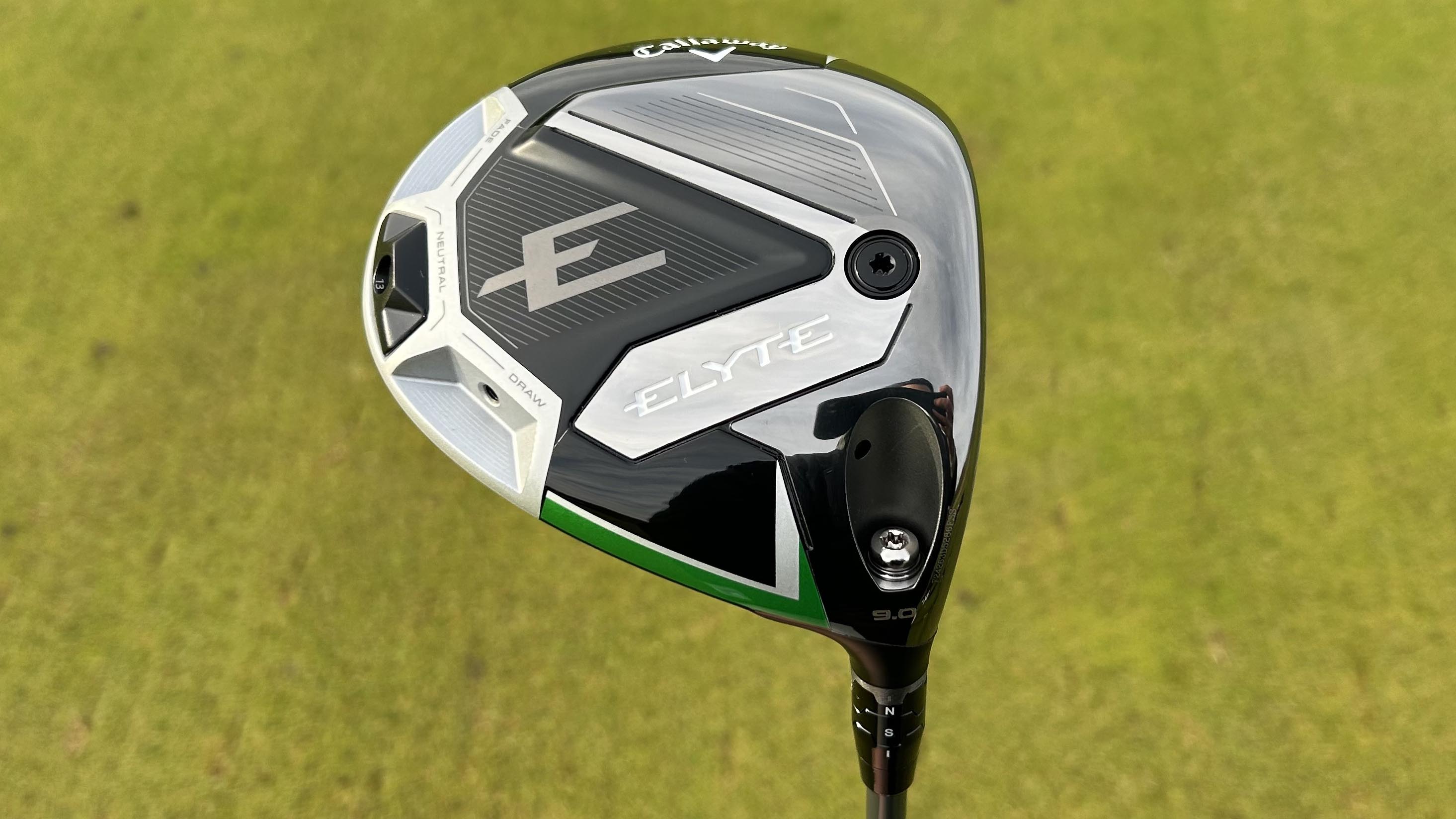
Callaway Elyte Driver
Specifications
Reasons to buy
Reasons to avoid
The 'Elyte Driver' certainly rolls off the tongue better than the Paradym Ai Smoke range. Thanks to it's forgiveness and solid feel, the Elyte drivers are suited to a diversity of golfers and we think it's an excellent all-rounder. In testing, we found it remarkably user-friendly on questionable strikes and provided a lower side of spin for a mid-range driver which we enjoyed too. While the feel off the face is definitely solid, it's nowhere near as soft as a driver like the Cobra DS-ADAPT X driver—yet it still was very robust.
With a new perimeter weighting system, this driver enables golfers to customize where they place the 13g weight to help encourage or rectify a certain ball flight. Aesthetically, we did think the two 'spare' ports made the driver look unfinished when a weight isn't placed in them, but this is just a detail.
With aesthetics in mind, we felt this wasn't the prettiest range of drivers Callaway have ever produced. That said, the club sits nicely behind the ball at address and the shaping of the head inspires confidence over the ball. This head also boasts a matte carbon fiber crown on a modern-looking profile with the iconic Callaway chevron on the top for easy alignment.
In conclusion, we think this is a driver that will suit a mid-handicapper or a once a week-type player. Undoubtedly a popular feature in golf bags in 2025
- Read our full Callaway Elyte Driver Review
Best adjustability

Specifications
Reasons to buy
Reasons to avoid
After testing the Darkspeed drivers back in 2024, it's safe to say the DS-ADAPT family had a lot to live up to. There are four heads in the range and the X features here because it is an all-rounder which will appeal to players of many levels and abilities.
Aesthetically, it oozes shelf appeal with blue subtle accents which differentiates it from the rest of range. Then there's the triangular head profile of its predecessor which has been slightly softened in this iteration.
The X delivers performance too. In testing, we experienced a nice, comfortable level of launch, with mid-range spin and strong levels of forgiveness. The X maintained strong ball speed and relatively tight dispersion. We were big fans of the overall feel—it's smooth with minimal vibrations.
The FutureFit33 adjustable hosel allows players to de-couple loft and lie angle for the first time ever meaning 33 unique individual settings are available to keep even the most avid tinkerer happy. The main benefit of this is allowing players to fine tune what ball flight they want from their driver.
- Read our full Cobra DS-ADAPT X Driver Review
Best wide appeal
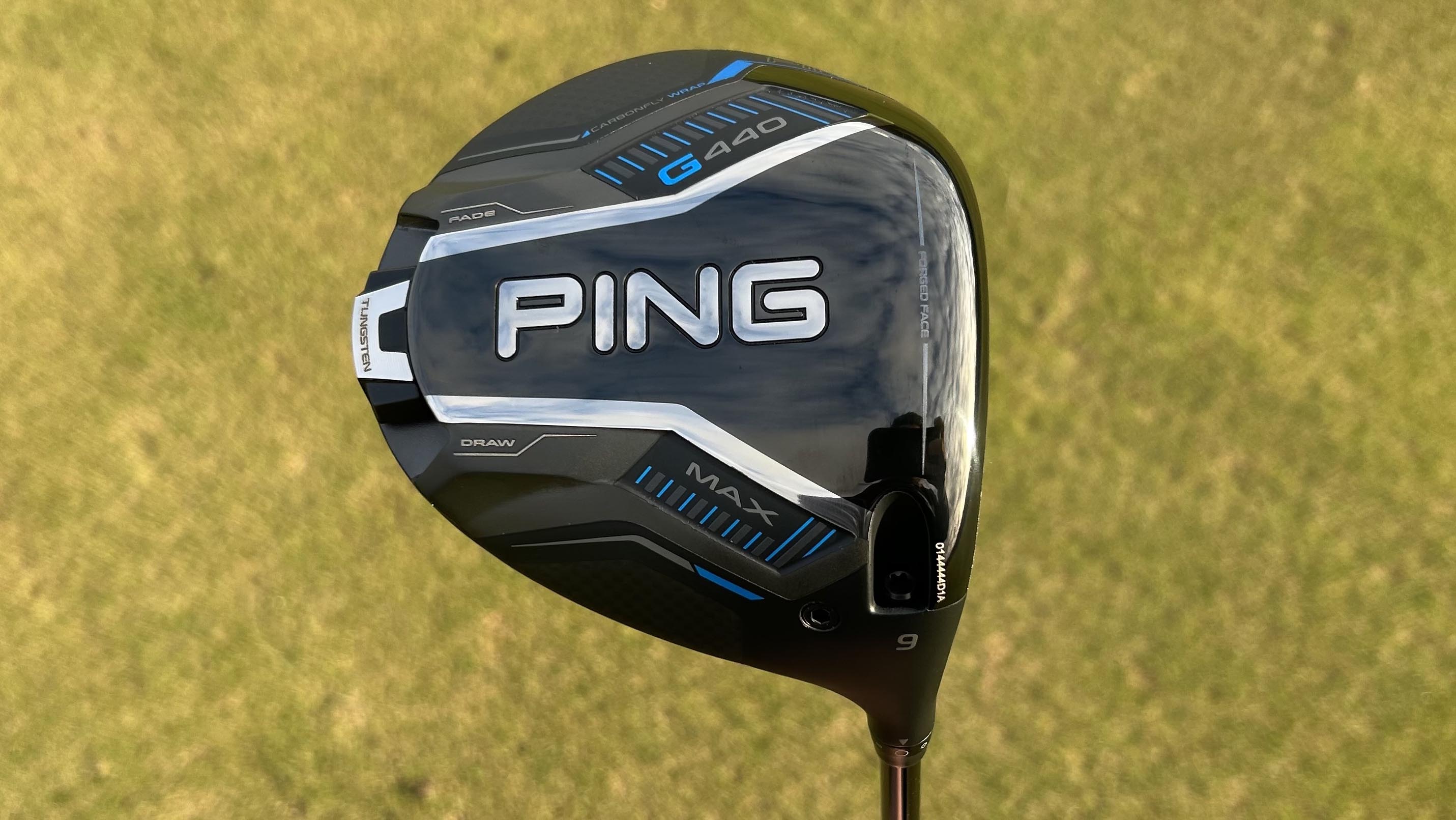
Specifications
Reasons to buy
Reasons to avoid
The Ping G440 is one of the most anticipated driver releases for 2025. As the successor to the G430, it's safe to say the G440 had big shoes to fill...
In terms of aesthetics, the blue and black finish looks sleek and Carbonfly Wrap really pops too. Of course, some golfers might not be a fan of the turbulators or look from the sole but Ping drivers have often divided opinion.
Performance-wise, we found the G440 delivered excellent forgiveness and playability of shots lower on the face. The G440 has a lower CG that leads to more mass behind the ball and less of a drop of in ball speed numbers on those thinner strikes.
We also found the G440 had a much better feel compared to the G430. Thanks to the 29-gram, three position adjustable back weight, we think this driver is one of the most versatile and accessible drivers for all abilities on the market this year.
- Read our full Ping G440 Max Driver Review
Best low spin

Titleist GT4 Driver
Specifications
Reasons to buy
Reasons to avoid
We've been huge fans of the Titleist GT range since its release and we feel the same for its latest iteration: the GT4...
Designed to reduce spin, its 430cc head may not suit higher handicappers, but thanks to a new Seamless Thermoform Crown and Split Mass Construction, it delivers outstanding performance.
The GT4’s round head exudes a clean, premium aesthetic typical of Titleist. Its contrasting face aids alignment and clearly displays the loft, even though the smaller head might not be ideal for every player.
Performance tests confirmed low spin levels and high ball speeds, while two adjustable sole weights and an adjustable hosel allow for precise fine-tuning.
- Read our full Titleist GT4 Driver Review
Best looking

Specifications
Reasons to buy
Reasons to avoid
We tested Srixon's latest ZXi driver to see how it compared to it's predecessor—the ZX7 Mk II. We’re pleased to say Srixon's has made significant strides with this new iteration, particularly in terms of appearance and technical features.
The new 'i-FLEX’ face' provides a powerful feel at impact and two adjustable sole weights allow for fine-tuning to suit various player characteristics. In terms of acoustics, the ZXi sounds notably more refined than the ZX7 Mk II. Ball speed retention was also impressive, even on off-center hits. From a visual standpoint, Srixon has streamlined the sole, eliminating the clutter seen on the ZX7 Mk II.
The overall aesthetic is sophisticated, with subtle tint textures and additional detailing on the crown and face, creating a premium feel at address. When testing the new ZXi, we aimed to see how Srixon could improve on the previous ZX7 Mk II driver—and they've delivered, especially in aesthetics and technical features.
- Read our full Srixon ZXi Driver Review
Best value
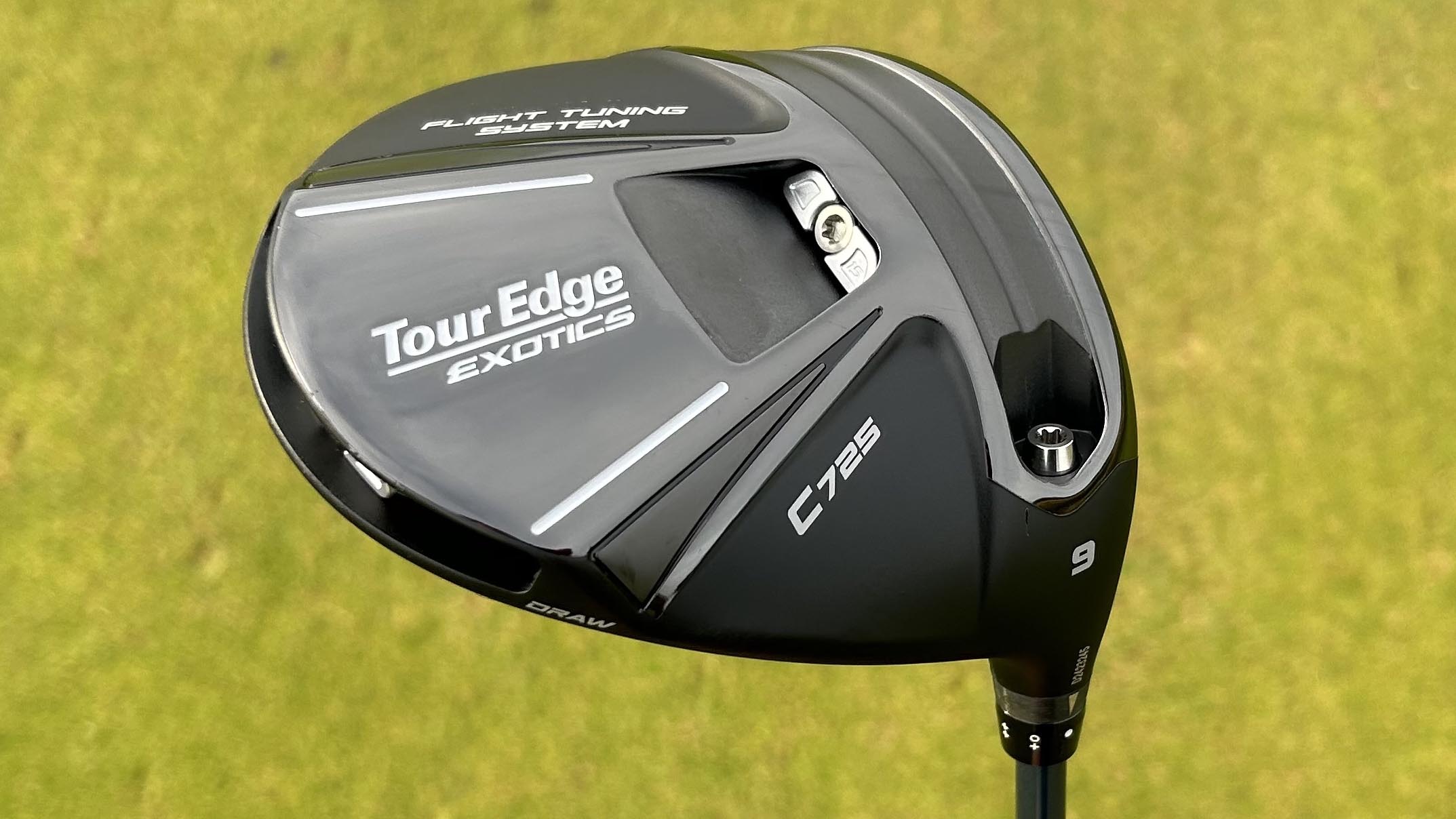
Tour Edge C725 Driver
Specifications
Reasons to buy
Reasons to avoid
As much as we don't like to admit it, many golfers prefer carrying the top brands such as Titleist and TaylorMade. While most might initially dismiss a Tour Edge driver, we believe this one is worth a try.
This driver delivers a fantastic blend of ball speed, adjustability, aesthetics, and feel. Its premium carbon-fiber finish and square head shape inspire confidence at address.
Performance data shows that, although it may not quite match the ball speed and distance of a TaylorMade Qi35 or Callaway Elyte Triple Diamond, it comes very close with excellent feel as a bonus.
Considering this driver is $200 less than most competitors, its performance is especially impressive. It’s definitely worth a try.
- Read our full Tour Edge Exotics E725 Driver review
Best feel

Specifications
Reasons to buy
Reasons to avoid
PXG was once the new kid on the block compared to more established brands but that has certainly changed. The Black Ops takes a simple, understated approach and delivers both distance and forgiveness.
Distance comes from a titanium alloy face featuring AMF technology, which the brand claims increases strength and flexibility to enhance face deflection, resulting in a higher launch and lower spin. Our testing of the left-handed model confirmed these benefits, though its distance output didn’t quite match some competing models.
Overall, we were very impressed with the Black Ops, especially in terms of feel. The three adjustable sole weights allow for precise tuning of launch conditions, and the flight and stability were exceptional. Combined with premium looks, solid acoustics, and a top-of-the-head alignment aid, this driver is a compelling option for many golfers.
- Read our full PXG Black Ops 0311 Driver Review
Most forgiving

Specifications
Reasons to buy
Reasons to avoid
According to Ping, the Max 10K is the straightest and highest MOI driver to date, surpassing the 10,000g-cm² threshold first reached with the G400 Max five years ago. Subsequent models like the G410 Plus and G425 Max have further enhanced forgiveness, establishing Ping as the leader in this category.
The G430 Max 10K features a larger footprint than its predecessor, with a fixed weight added to the back of the head and a sleek Carbonfly wrap on the crown for enhanced visual appeal. This weight optimizes the center of gravity at impact, preserving ball speed and boosting distance.
In testing, we found the Max 10K delivered impressive performance. Exceptional forgiveness, stability and low spin really set this driver apart. Ball speeds were comparable to the best on the market, and the spin output stacks up against any top low-spin driver.
- Read our full Ping G430 Max 10K Driver Review
How we test the best left handed drivers
When it comes to product testing, our reviews and buyers' guides are built upon a rigorous testing procedure as well as the knowledge and experience of our test team. Getting into specifics for left-handed drivers, we regularly attend product launches and club release events to speak to manufacturers to understand more about the technology that goes into each product. We then get our hands on the clubs, typically hitting them indoors first, and use some of the best launch monitors with premium golf balls to test the products out.
We then put them to the test outdoors on the range, before putting them through their paces on the course in a variety of conditions that will give us an understanding of how each club performs in real-life conditions.
We really pride ourselves at Golf Monthly for our reviews because they are made for golfers, by golfers. We've thousands of different products from every brand you can think of, so we've seen both the good and the bad. We want our readers making the best informed decisions on what to add to their golf bag, so if we tell you a club is good or bad, it's because we're comparing it directly to many of the competition we have already reviewed. We want to try and find the best golf clubs on the market and give you some insight on them, which requires being thorough and transparent.
No brand can 'buy a review', nor do any manufacturers get preferincial treatment when it comes to our buying guides and testing scores - we simply call it how we see it, a verdict honed by years of experience in the field and a passion for the game for our testing team.
What to consider when buying a left handed golf driver
As left-handed golf clubs are generally harder to come by, you'll want to spend a bit of time looking for the driver that best suits you. Whether you're an experienced golfer and have a faster swing or are looking for something a little more forgiving to get rid of your slice, we recommend testing each product first before you buy it. During your testing and fitting process, there are several things you need to keep an eye out for to ensure that you get the best left-handed driver for your abilities. For that reason, we've set out five key considerations below that you need to make when buying your next left-handed driver.
As mentioned in our intro to this buying guide, it can be a frustrating process trying to buy a left-handed driver given they are generally harder to come by. With this in mind, it's worth taking a extra bit of time trying to find the right one for your game.
This guide can be your starting point, keep this few points in mind before heading to your pro shop or local golf retailer and looking at the selection they offer - it will make a potentially stressful process a lot more managable.
1. Loft
Do you tend to struggle to get the ball into the air? Or are you a player who wants a lower, more penetrating ball flight for those windy days?
Drivers tend to range from around 8.5º to around 13º in loft, ball and club head speed will determine what loft is right to get the best out of your game off the tee.
Higher handicapped players tend to go for higher lofted drivers because if they play a lower loft they can struggle to get enough power on the shot to get the ball airborne. Having an extra few degrees on your driver can help mitigate this issue, particularly if you're a golfer who doesn't tend to create a lot of speed through the ball at impact.
Better players would be more suited to less loft. Professionals on the PGA Tour would tend to have drivers between 8.5º and 10º in loft in the attempt of generating more power through the strike. This is because your higher clubhead speeds will add more power on the golf ball, enabling you to generate much better ball flights with a lower lofted driver.
2. Forgiveness
There sin't much point generating heaps of distance if the ball isn't landing on the fairway, so forgiveness is an equally important aspect of the best performing drivers.
The size of the sweet spot on a driver will determine how forgiving it is - bigger sweet spots ensure the performance drop off from a poorly hit shot does not deviate too much from a shot hit out of the center of the face.
That can also be helped if your club has a high Moment of Inertia (MOI). MOI means how much a clubhead turns on impact, and the lower the MOI of your club, the more fluid and true your golf shot will be.
The last thing to consider is the weight distribution of the club. Ideally, you'd like the center of gravity of the club head to be centered towards the back of the club. This helps to keep the face open and square on impact and promotes a strong ball flight.
3. Adjustability
One of the best features of modern golf clubs is how many subtle tweaks we can make with them to hone our clubs to the strengths of our games. If you struggle with a slice, you can move adjustable weight to give your clubhead a draw bias with the hope of straightening out that flight.
Perhaps you want to hit a low draw through the wind or want to smash a high cut on a hot day - some clubs will have adjustable weights to allow you to do so.
It's worth noting that not all drivers will have this option, and those that do will have more adjustability than others. If this is something you want from your driver, keep this in mind when comparing models.
4. Shaft flex
Getting the right shaft flex is crucial. You cannot get the best out of your driver if you have the wrong shaft in it as you will lose distance and often control.
If you swing out of your shoes, you'll likely need an x-flex shaft to get the best performance off the tee. The older or higher handicap players might suit a senior or regular flex driver.
The shaft that suits your game best can be found during a custom fitting, which we recommend when you're searching to buy one of the most used clubs in your golf bag - thus making it one of the most important!
5. Looks
Looking good on the first tee inspires confidence to hit bombs down the center of the fairway and if you've got a driver you like the look of, then you're more likely to send your golf ball rather than slice it. Looks aren't everything in golf, but if you're going to fork out for a brand new driver, getting one that looks the business is vitally important.
For more advice on picking out your next driver head over to our guides on most forgiving drivers, best drivers for slices and the best drivers for mid-handicappers.
FAQs
What loft driver do Tour Professionals use?
As professional golfers are generally able to generate high swing speeds, they tend to use lower lofted drivers. This means they typically use drivers that are around 8.5º-10º in loft.
Does driver shaft flex make a difference?
Yes, driver shaft flex is one of the most important factors to consider when picking a new driver. Golfers who have slower swing speeds will struggle to use drivers that have stiff shafts and are better off using a club with a lot of flex in it to help them generate more speed through impact. Meanwhile, golfers who are able to generate high ball speeds should look to use stiffer shafts, as that will allow them to rip through their shot and strike the ball longer.
Are there any left-handed professional golfers?
Yes there are many left-handers playing on the professional tours. The most notable of them is Phil Mickelson who, thanks to his left-handed swing, earned himself the name Leftie over the years. Bubba Watson is also another of the most notable left-handers, as well as Mike Weir, Brian Harman, Garrick Higgo and Robert MacIntyre.
Subscribe to the Golf Monthly newsletter to stay up to date with all the latest tour news, equipment news, reviews, head-to-heads and buyer’s guides from our team of experienced experts.

Joe has worked in the golf industry for nearly 20 years in a variety of roles. After a successful amateur career being involved in England squads at every age group, Joe completed his PGA degree qualification in 2014 as one of the top ten graduates in his training year and subsequently went on to become Head PGA Professional at Ryder Cup venue The Celtic Manor Resort. Equipment has always been a huge passion of Joe’s, and during his time at Celtic Manor, he headed up the National Fitting Centres for both Titleist and Taylormade. He’s excited to bring his knowledge of hardware to Golf Monthly in the form of equipment reviews and buying advice.
Joe lives in North Devon and still plays sporadically on the PGA West region circuit. His best round in recent years came earlier in 2023 where he managed a 9 under par 63 at Trevose GC in a Devon & Cornwall PGA Tournament.
Joe's current What's In The Bag?
Driver: Switch between TaylorMade Qi35 and Callaway Elyte TD - both with Fujikura Ventus Black 6-X
Fairway wood 1: TaylorMade BRNR Copper Mini Driver - Fujikura Ventus Black 7-X
Fairway wood 2: Callaway Apex UW 17˚- Fujikura Ventus Black 9-X
Irons: TaylorMade P7CB 3-PW with Dynamic Gold Tour Issue X100 shafts
Wedges: Callaway Opus 50, 54, and 60 degrees - Project X LS 6.0 shafts
Putter: LAB Golf Oz.1 (zero shaft lean)
Ball: TaylorMade 2024 TP5x
Grips: Golf Pride Tour Velvet 60R
Bag: Vessel Player IV Pro DXR Stand